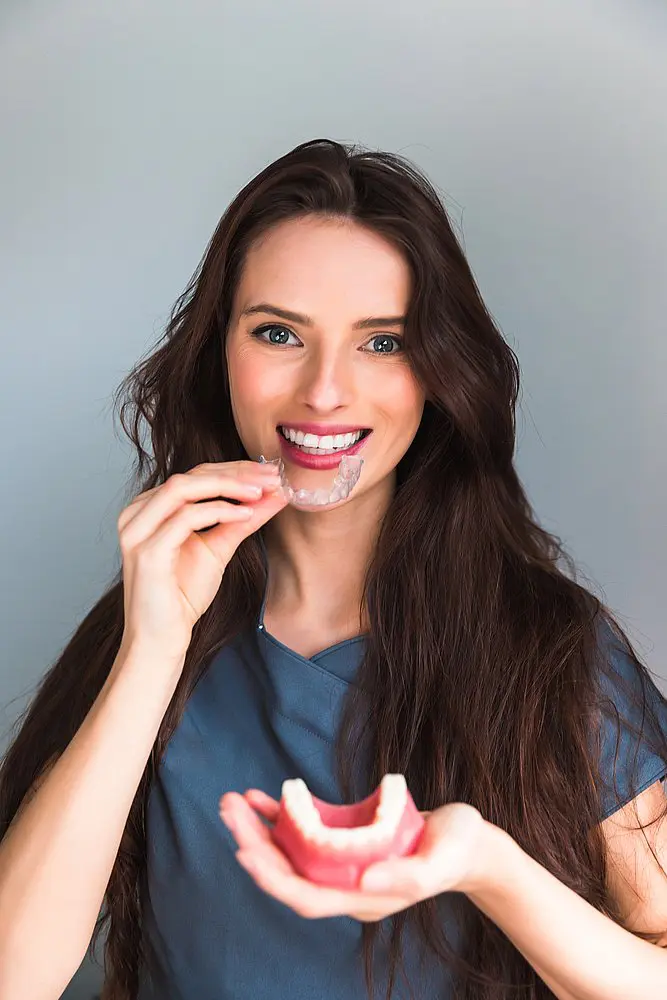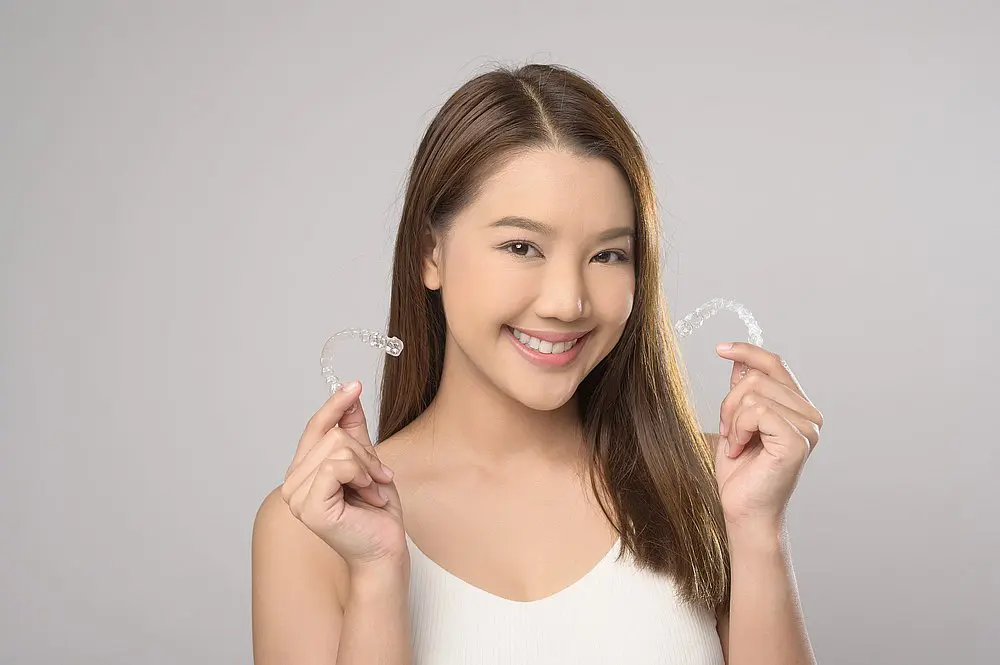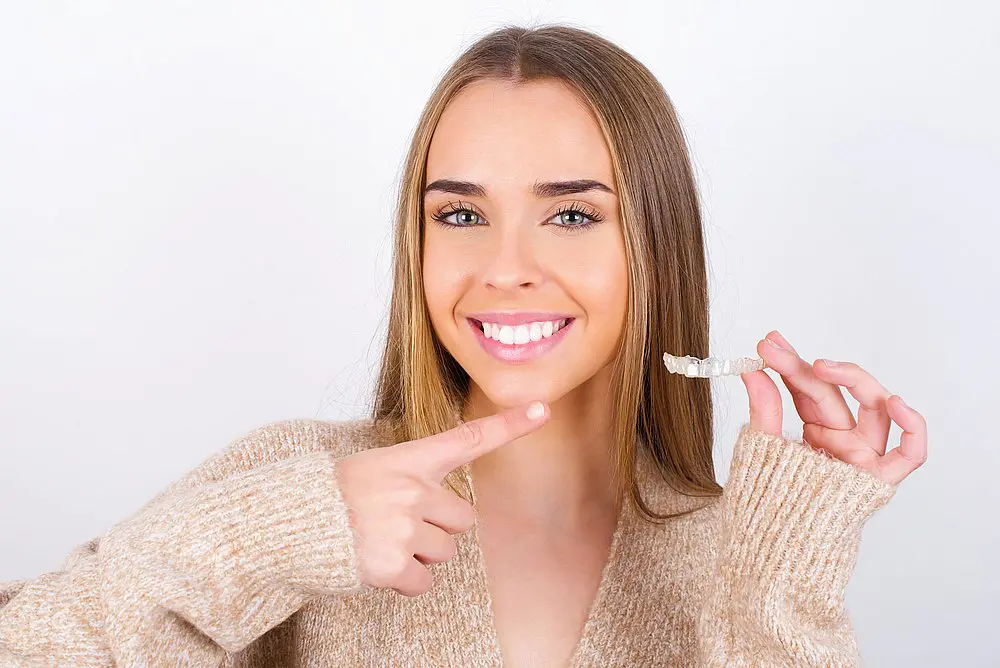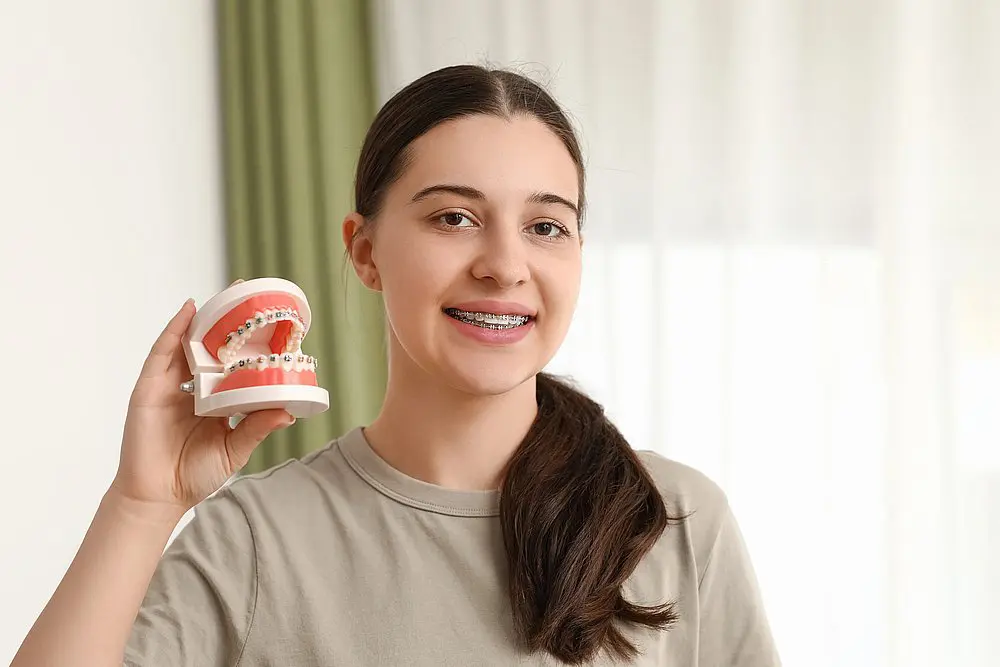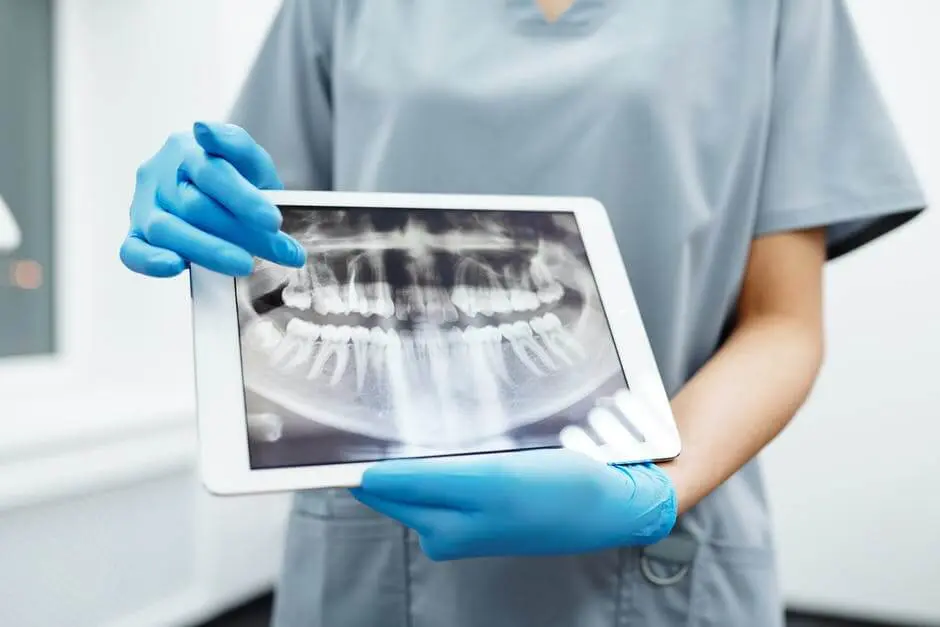
Over 10 million people (including 1.4 million teenagers) have used Invisalign to transform their smiles. Before searching for “Invisalign near me,” it helps to have a plan, though. Otherwise, you might struggle to choose the best orthodontist in Indian Trail.
Here are seven tips that can help you narrow down your choices. With these tips, you can find an experienced orthodontist you can count on. Then, you can start Invisalign treatment knowing your orthodontic team is there for you.
They’ll ensure smooth sailing through every step of your treatment.
Find your Indian Trail orthodontist using these seven tips today.
1. Talk to Other Invisalign Patients
There are over 367,000 orthodontists across the US. Not every orthodontist in Indian Trail offers Invisalign, though.
To start your search, speak with friends, family members, and coworkers who completed Invisalign treatment in the past. Take the time to ask about their experience. For example, you can ask:
- Where did you receive treatment
- Was your Indian Trial orthodontist professional and knowledgeable
- Were you satisfied with the services you received
- Do you wish you chose a different orthodontist instead
- If so, why
Your inner circle can help you make a list of family orthodontics practices in the area. They’ll help you determine which practices to avoid, too.
If your friends haven’t completed Invisalign treatment, that’s okay. Consider someone who visited an orthodontist for another reason. For example, maybe you know someone who had their braces removed recently.
Take the time to ask them questions about the orthodontist, staff, and practice. For example, was the waiting room clean? Was the staff friendly and easy to talk to?
If you still can’t get a referral, that’s okay. Search “Invisalign near me” online. Then, make a list of orthodontic practices that offer treatment.
You can use the rest of these tips to find the best Indian Trial orthodontist that offers Invisalign.
2. Check Their Training
As you start learning more about each Indian Trail orthodontist, consider visiting their website. Look for an “About Us” or biography page. Then, learn more about each orthodontist’s training and education.
First, consider where they went to school. Make sure it’s an accredited institution. Determine when they graduated, too.
It helps to find an orthodontist with years of hands-on experience in the industry. However, you’ll want to make sure their information is relevant, too. If they graduated a few years ago, determine if their training is up-to-date.
Some orthodontists prioritize continuing their education, even after graduating. These professionals strive to offer top-notch services. They’re more likely to remain up-to-date with new techniques and technologies.
You might feel more comfortable finding an orthodontist who offers the latest procedures.
If they’re using outdated training, however, they might struggle to meet your needs.
3. Look for Years of Experience
Most professionals learn from years of hands-on experience within their field. Before choosing an Indian Trail orthodontist, consider how long they’ve worked in the industry.
First, determine how long they’ve worked as an orthodontist. Then, determine how long the practice has existed.
A new business might still need to work out some operational issues. An experienced, established team is more likely to run smoothly. The staff has likely learned how to work with one another in that time, too.
Once you find an established practice, consider how many Invisalign patients they’ve helped over the years. If they’re new to offering Invisalign, scratch them off your list. You don’t want to become their first patient.
They might still need to learn how to use certain pieces of equipment.
Instead, look for an orthodontic practice that’s offered Invisalign for at least a few years. You’ll have peace of mind in their experience.
4. Make Sure They Specialize
When searching “Invisalign near me,” take the time to review the services each orthodontic practice can offer. Your orthodontist might realize you have a more extensive alignment issue. They might suggest you receive orthodontic treatment through braces instead.
Talk to them about the pros and cons between traditional braces and Invisalign.
Otherwise, make sure the practice specializes in offering Invisalign treatment.
5. Consult a Map
Before making your final choice, Google “Indian Trail orthodontist near me” and look at Google Maps. Determine where the orthodontic practice is located.
First, make sure they’re in a safe area. Otherwise, you might not feel comfortable making it to your appointments.
Then, determine how long you’ll need to travel to reach the practice. Consider the distance from your home, school, or work. Try to find a practice that’s nearby.
Otherwise, you might struggle to reach your appointments on time.
With Invisalign, you’ll need to visit your orthodontist regularly for new aligners. Traveling long distances every month can become an inconvenience. Instead, choose a practice within your general location.
You can minimize stress (and the cost of gas) by choosing a nearby practice.
6. Schedule a Consultation
Schedule a consultation appointment with one or two orthodontists on your list. Let them know you’re interested in Invisalign. Your orthodontist will let you know if you’re an ideal candidate for treatment.
During your consultation appointment, pay attention to how the orthodontist communicates.
Do they take the time to listen to your concerns? If they tend to interrupt a lot, scratch them off your list. You might struggle to communicate with them if you have issues during the course of your treatment.
Make sure they’re professional and knowledgeable, too. If they struggle to answer your questions, look elsewhere.
Instead, make sure you’re comfortable around your orthodontist. After all, you’ll see them quite a lot over the span of your treatment.
7. Discuss the Cost
Before leaving the orthodontist’s office, ask how much treatment will cost.
Determine if your insurance plan will cover the cost of treatment. If they won’t, that’s okay. Instead, ask the practice if they offer a treatment plan.
Then, review your notes to find the best option on your list.
Straighter Smiles: 7 Tips for Finding Invisalign Near Me
Searching “Invisalign near me” doesn’t have to feel stressful. Instead, use these tips to narrow down your choices. With these tips, you can find the best Indian Trail orthodontist with ease.
Ready to discover your stunning, straight smile? We’re here to help.
Contact us today to get started.

